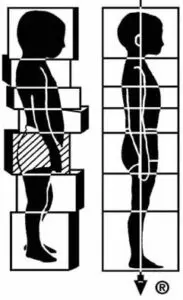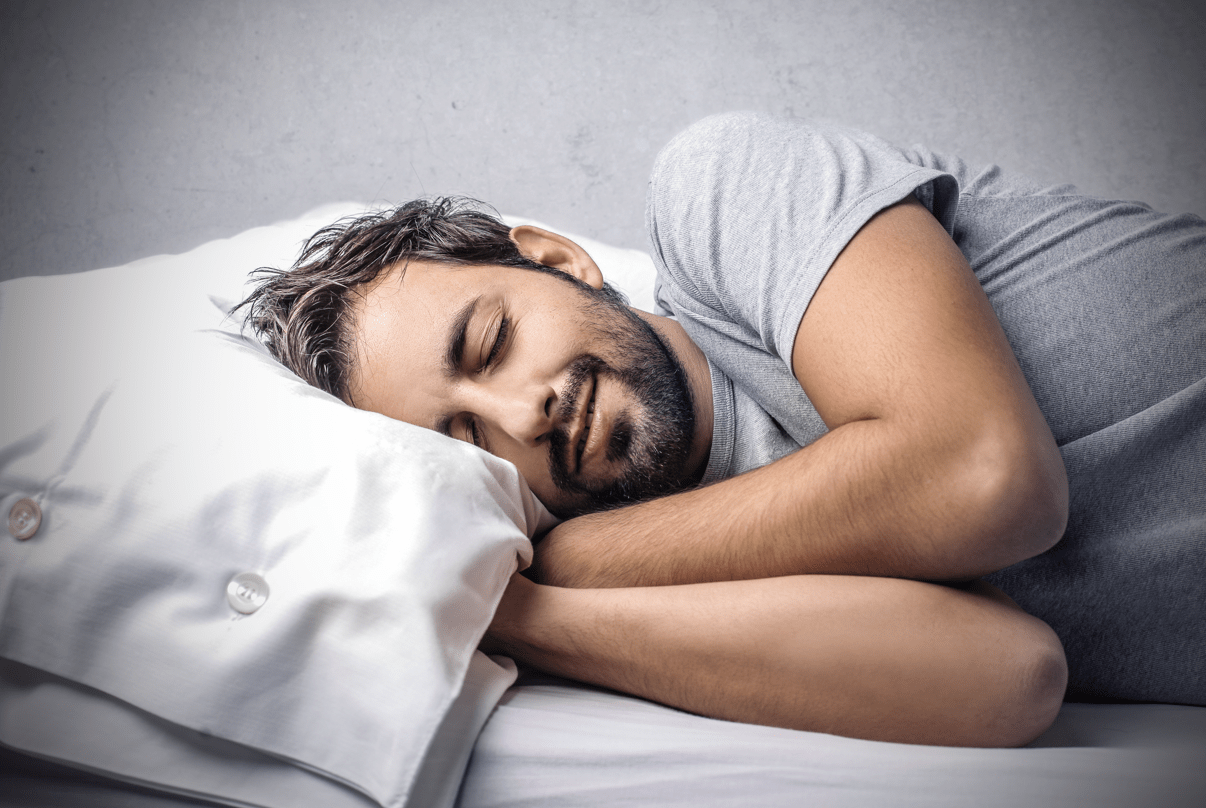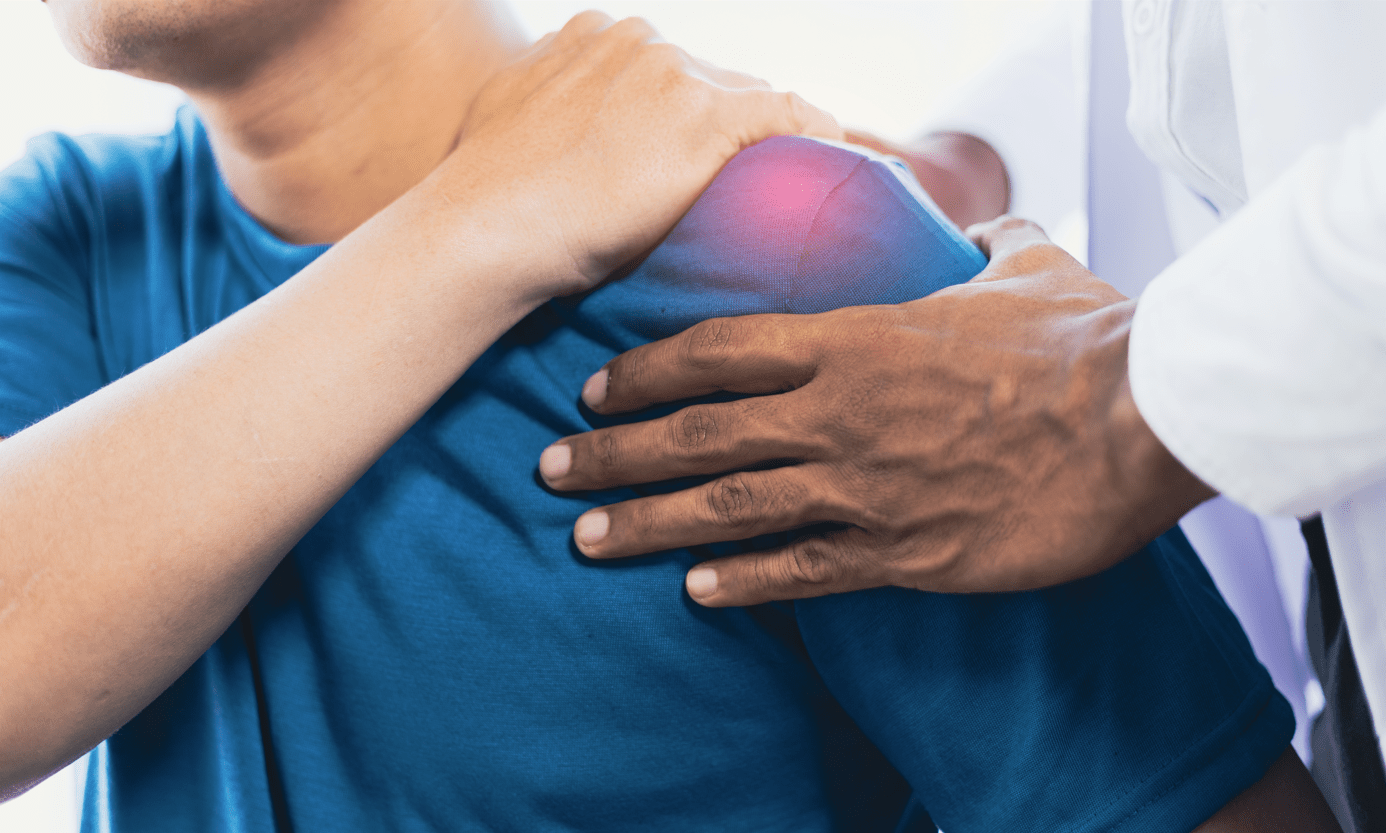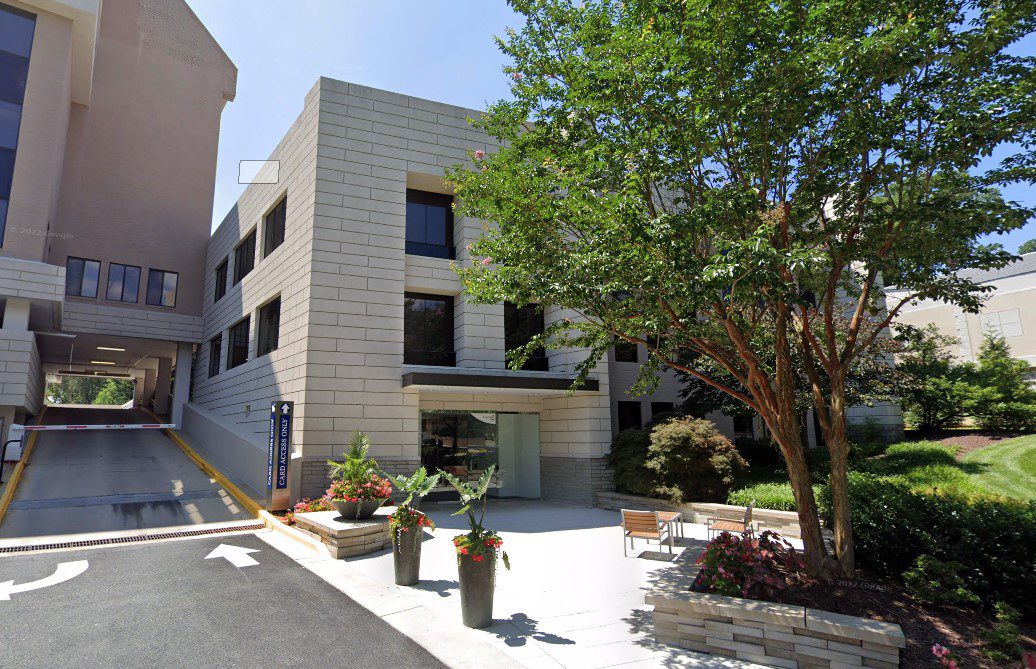Rolfing Therapy to Heal and Restore Your Body
Rolfing Insight in Rockville, MD aims to help you relieve pain, discomfort, and tension through the Rolfing® bodywork. This creates structural balance in the body, promotes core strength, enhances performance, improves posture, and relieves chronic pain.

 Focused on the release of tension and restrictions in soft tissue that limit circulation and movement.
Focused on the release of tension and restrictions in soft tissue that limit circulation and movement.




